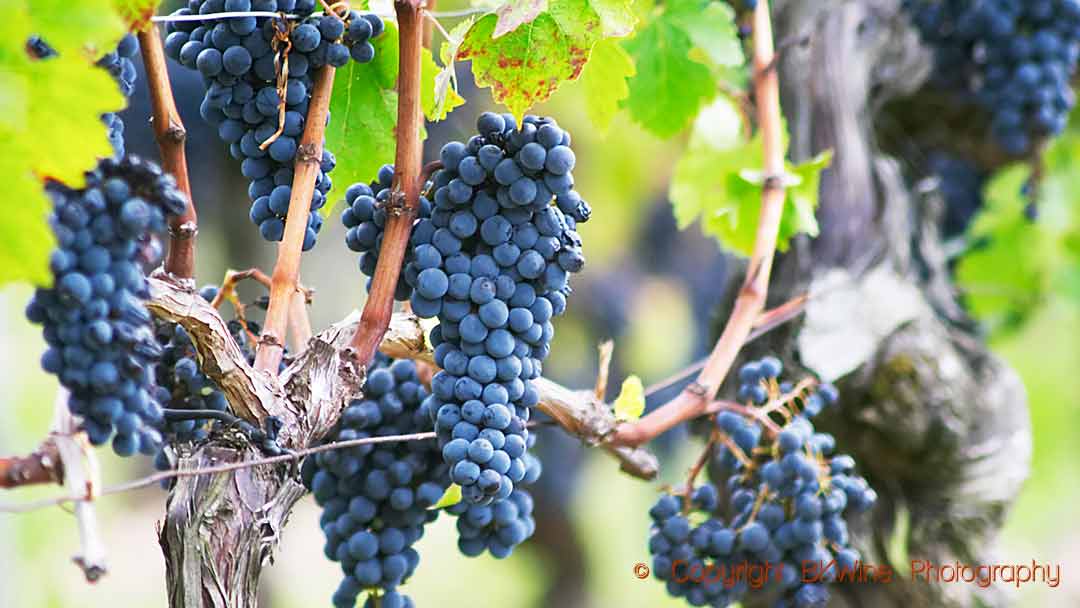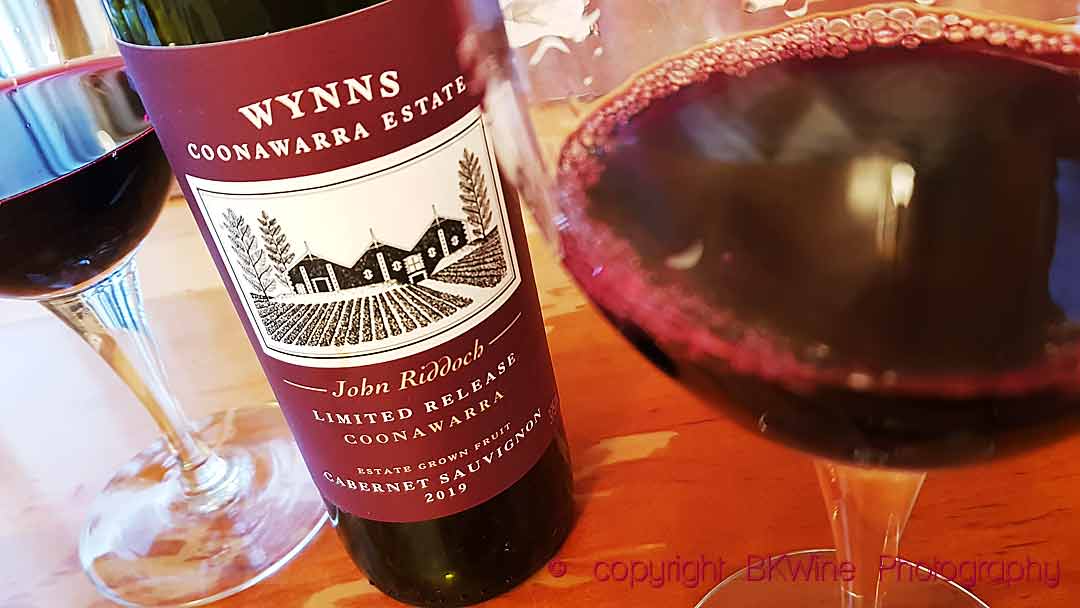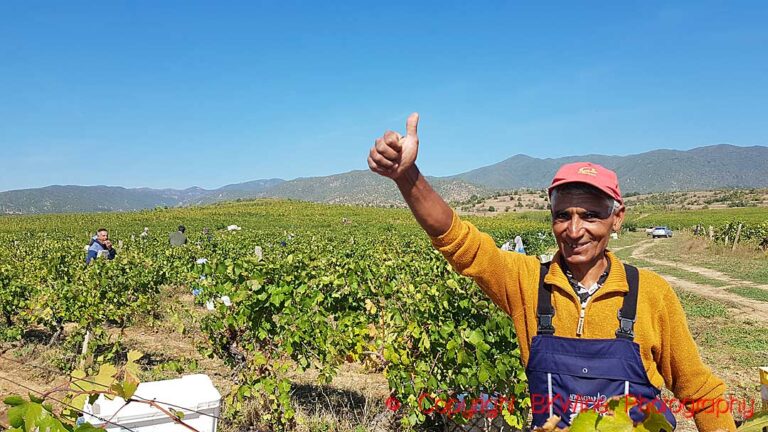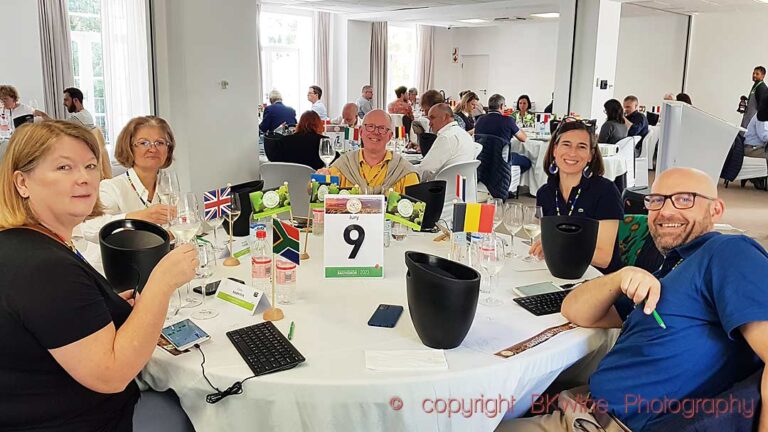Do we always have to compare any high-quality cabernet sauvignon to a Bordeaux? Maybe not, but sometimes it makes it easier to describe the wine. Per and I tasted one of Australia’s top cabernet sauvignon wines the other day. The wine was John Riddoch Cabernet Sauvignon 2019 from Wynns Coonawarra Estate. Per tasted blind, and the first thing he said was that it had a distinct Bordeaux feeling. And I understood exactly what he meant. A few days later, I had a zoom chat with the head winemaker at Wynns, Sue Hodder, to learn more about the wine and the winery.
Coonawarra was one of the regions that first gained a reputation for making high-quality wines in Australia. It is located on the southernmost tip of South Australia. “It is far away from most things”, says Sue. “It is five hours by car from Melbourne and also five hours from Adelaide.”
The climate: Moderate
The comparison with Bordeaux is not farfetched. The climate here is more moderate than in many Australian wine regions. It is pretty similar to Bordeaux, says Sue. “In Coonawarra, we are cooled by the Southern Ocean as there is no land mass between us and the Antarctic.” The mean temperature during the hottest month of the year (January and July, respectively) is the same in Coonawarra and Bordeaux.
This is a longer version of an article published on Forbes.com.
The soil: Terra Rossa
Coonawarra has one of the famous soils of the wine world, the terra rossa. It is an exceptional red soil, with good drainage, made up of limestone and about one-third clay. The limestone has weathered for thousands of years and has been coloured red by iron oxide. Sue attests to its importance for the quality of the vines. The topsoil is thin, and half a meter down, there is a layer of limestone, and further down, the vine’s roots find water which enables it to survive dry seasons.
The grape: Cabernet Sauvignon
Cabernet sauvignon is the famous grape variety of Coonawarra. The region makes some of Australia’s best. With the moderate climate and the free-draining soil, it thrives. 55 % of the vineyard surface in Coonawarra is cabernet sauvignon.
“Cabernet sauvignon is a late ripening variety, so we often pick later than the cooler areas that grow pinot noir and chardonnay. Also, we have no phylloxera, so the plants are on their own roots, and we can do beautiful massale selection”, that is take cuttings from their best vines and put directly into the soil, without grafting.
The story
The wine John Riddoch is named after a pioneer in Coonawarra. In the late 1800s, John Riddoch from Scotland planted the region’s first vines, mostly cabernet sauvignon and shiraz. After being plagued by problems in the first half of the 20th century, Coonawarra got a fresh start in 1951 when David Wynn and his father Samuel, a wine merchant, bought John Riddoch’s old abandoned estate and thus founded Wynn’s Coonawarra Estate.
The wine: John Riddoch Cabernet Sauvignon 2019
The first thing that comes to mind is balance. It has a good body, it is savoury but not overwhelming, it is structured with fine tannins, and there is a balance between all the components. In the aromas, there are ripe black currants, tobacco and dark chocolate. Yes, Bordeaux definitely comes to mind.
It is delicious to drink already. And Sue agrees. “Yes, it can be drunk now; we want people to be able to drink it; there are no harsh tannins. It ages slowly and will have a long life if you want to keep it.”
The freshness is also quite remarkable. It has a high acidity for red wine (6,5 g/l), and the alcohol is a pleasant 13,5 %. “For John Riddoch, we use old vines, and they ripen with moderate sugar level. 13,5 % alcohol is normal for us although, of course, it doesn’t always add up.”
The choice of barrels is a vital component. “We work with five coopers, many Bordeaux based, and particularly we work closely with two of them. As in Bordeaux, we nowadays use less new oak to get a better balance. Usually, we use 20-30 % new oak.”
Sue tries to make John Riddoch every year. “It is more or less four years out of five”, she says. “It is a barrel selection of our best wines.” Less than one per cent of their cabernet sauvignon is used for this wine, so the production is very limited.
Sales through La Place de Bordeaux
John Riddoch will be released through La Place de Bordeaux in September. La Place de Bordeaux is the somewhat confusing name for around 300 wine merchants (négociants) that sell Bordeaux wines in France and abroad (Bordeaux chateaux mostly don’t sell their wines directly).
2016 was the first vintage of John Riddoch to be sold through this channel which Sue thinks is a perfect way to distribute the wine in Europe and the rest of the world. John Riddoch is a well-known top wine in Australia, and this is a way to make it more famous in other countries. A few more non-Bordeaux wines are present at la Place de Bordeaux; not many, though, but the number is growing.
Changes and challenges
Improving the quality of the wine often means starting in the vineyard. And today, improving the quality and being sustainable go hand in hand. “Climate change is a big challenge,” says Sue. “I work closely with our three viticulturists; they are very conscious. We are doing what we can to minimize the input, improve soil structure, drive our tractors less -which also means less compaction – improve the compost with the right ingredients, and do soil mapping to more precisely determine the need for the separate plots. We all have to play our part.”
Wynns is certified sustainable, but Sue is not convinced that organic is the best thing. She is a bit hesitant about copper spraying. They do get downy and powdery mildew occasionally, but it doesn’t seem to be a huge problem.
All vintages are not perfect, though, and Sue has seen a definite improvement in quality since they invested in an optical sorter, the kind you often see nowadays at the big Bordeaux estates. “It makes a big difference; we get an even and clean fruit.”
What you don’t see much in Bordeaux, though, are screw caps. But Sue uses them for John Riddoch, which may surprise some people. She started using screw caps for John Riddoch to show that she believes in this closure and that it is not something that should be associated with inexpensive wines. John Riddoch was one of the first premium wines in Australia with a screw cap.
“I am not anti-cork”, she says. But she tired of broken corks following an extensive tasting with several vintages. There is no difference in ageing if the cork is good, she says, and they have no problems with reduction for the screw cap wines; otherwise, a complaint we hear sometimes from producers using them.
Sue Hodder is a well-known winemaker in Australia, and she has been working at Wynns for 30 years. She started in 1993, which was actually around the time when people in Europe began to be aware of Australian wines. She must have experienced a great many changes over the years. Yes, absolutely, she says. “Not least the consumers have changed.”
30 years ago, people wanted powerful, oaky wines, not the medium body and the balance that many are looking for today. “Both John Riddoch and Black Label (one step down from JR) had tighter tannins then. We have learned since. They still have tannins but more refreshing fruit. You still get heavy wines from Australia. Parts of Australia, Barossa, for instance, are much warmer than Coonawarra. But still, now it is different; there is more focus on elegance and refinement. With medium-bodied wines, you can do pairing with fish and vegetarian dishes. “
Time for people to realise that Australian reds are not all made for barbecues.
Also, Sue adds, a novelty is the making of single vineyard wine. They add value to the wine. “People want the history behind the wine, the stories.”












